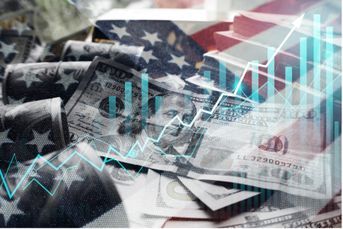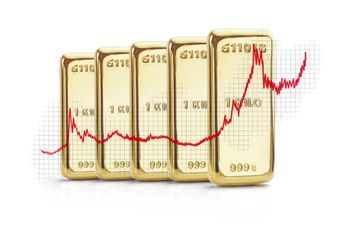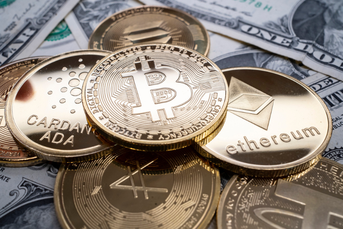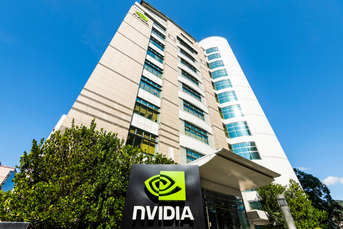Cash floods into money market funds
Short-term debt funds are flourishing because they finally pay something.
It’s tempting to look at the wave of cash spilling into U.S. money-market funds and conclude that investors are sheltering themselves from political and economic turmoil around the globe.
After all, the short-term debt funds experienced one of the largest inflows since the financial crisis in the week through June 6, bringing total money-market assets up to an eight-year high of $2.9 trillion, according to Investment Company Institute data. For U.S. government money funds in particular, the assets reached a record $2.27 trillion.
But even though traders were still on edge over Italian politics and tumbling currencies across emerging markets, the story of safe-haven demand doesn’t quite pan out. During that same period, the S&P 500 Index reached its highest closing level since March, and the benchmark 10-year Treasury yield rose toward 3% again.
So, why the rush to cash? Simple: It pays more than it has in years. And there’s nothing to suggest that’s going to change soon.
Here’s a quick rundown of some U.S. Treasury bill rates compared with a year ago:
• Four-week bills: 1.77%, up from 0.77%.
• Three-month bills: 1.92%, up from 0.99%.
• Six-month bills: 2.1%, up from 1.1%.
Those are significant moves, thanks to a combination of the Federal Reserve raising its benchmark lending rate and the Treasury Department saturating the market with bills to paper over a widening budget deficit. https://s32566.pcdn.co/wp-content/uploads/assets/graphics src=”/wp-content/uploads2018/06/CI115895612.PNG”
Now, the absolute level of rates is only part of the equation. The Fed has stayed firmly on its hiking path since the end of 2016, and yet money-market assets dipped by about $120 billion from December 2016 to June 2017. The central bank raised rates three times over that stretch.
That’s where “real” rates come into play. The yield on two-year Treasury Inflation Protected Securities fell to minus 1.2% in February 2017, reflecting that the nominal yield available to investors was far lower than the prevailing rate of price growth. It’s little wonder that money funds were shunned at that time.
By contrast, that yield rose to 0.72% last week, the highest since 2009. You can back out a similar rate on T-bills, which is also slightly positive. Sure, they’re not eye-popping figures, but it’s at least a healthy enough return over inflation to draw investors in, particularly when staying in cash has been a loser’s game for so long.
In a way, the trend is just another story about the U.S. yield curve. Short-term rates have climbed faster than long-term yields, which makes Treasury bills look comparatively cheap. While it’s an open question whether the benchmark 10-year yield can move much higher than 3%, many bond traders expect front-end rates to keep increasing until they invert the curve.
Naturally, money-market funds will also be sought for safety once that happens, given that recessions tend to follow not too long after inversion. Indeed, as the curve went from negative to sharply positive in 2007, money market assets soared by $790 billion to $3.16 trillion. They’d peak a year later at $3.92 trillion. By that point, three-month bill rates had fallen to zero, from 5% at the start of 2007.
Those rates would remain near zero for seven years. So it’s understandable why the prospect of a positive real return is downright thrilling for risk-averse investors.
The Fed says it wants to get things back to normal after years of unprecedented stimulus. This healthy shift toward money markets shows it’s on the right track.
(More: Money markets undergo sea change)
Learn more about reprints and licensing for this article.








